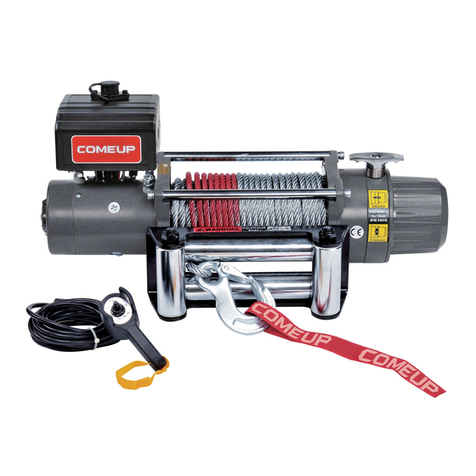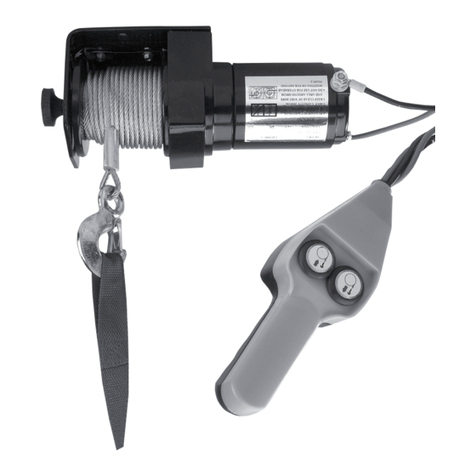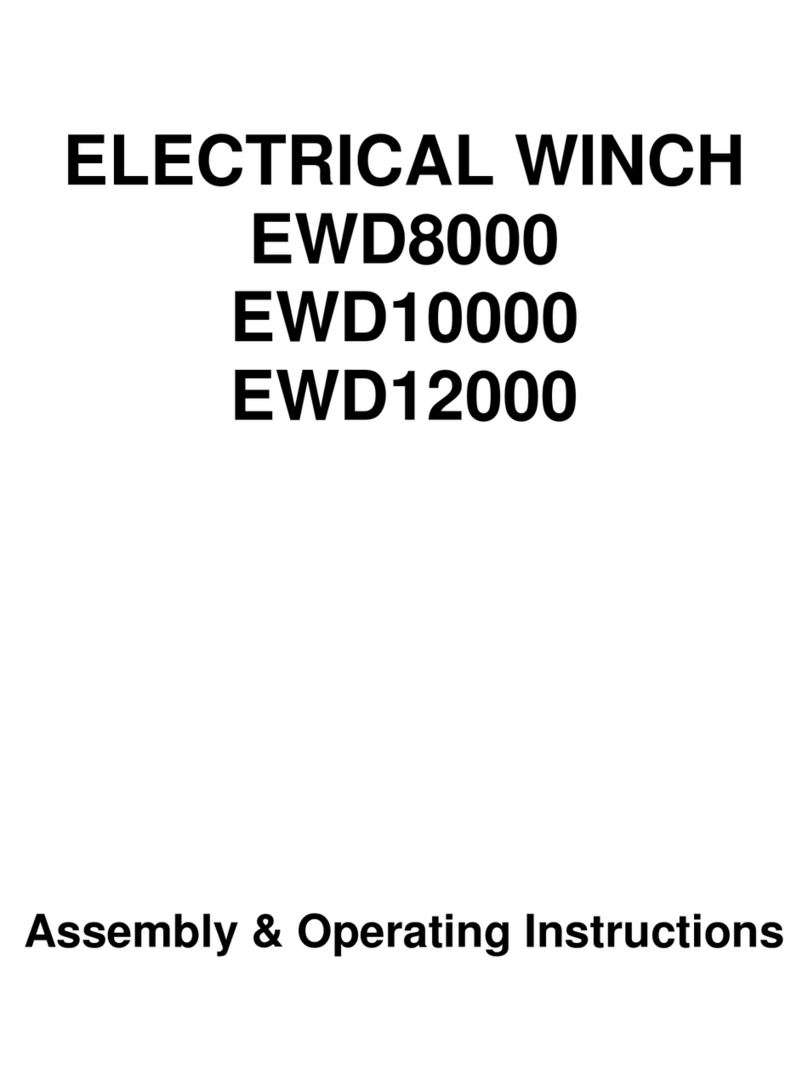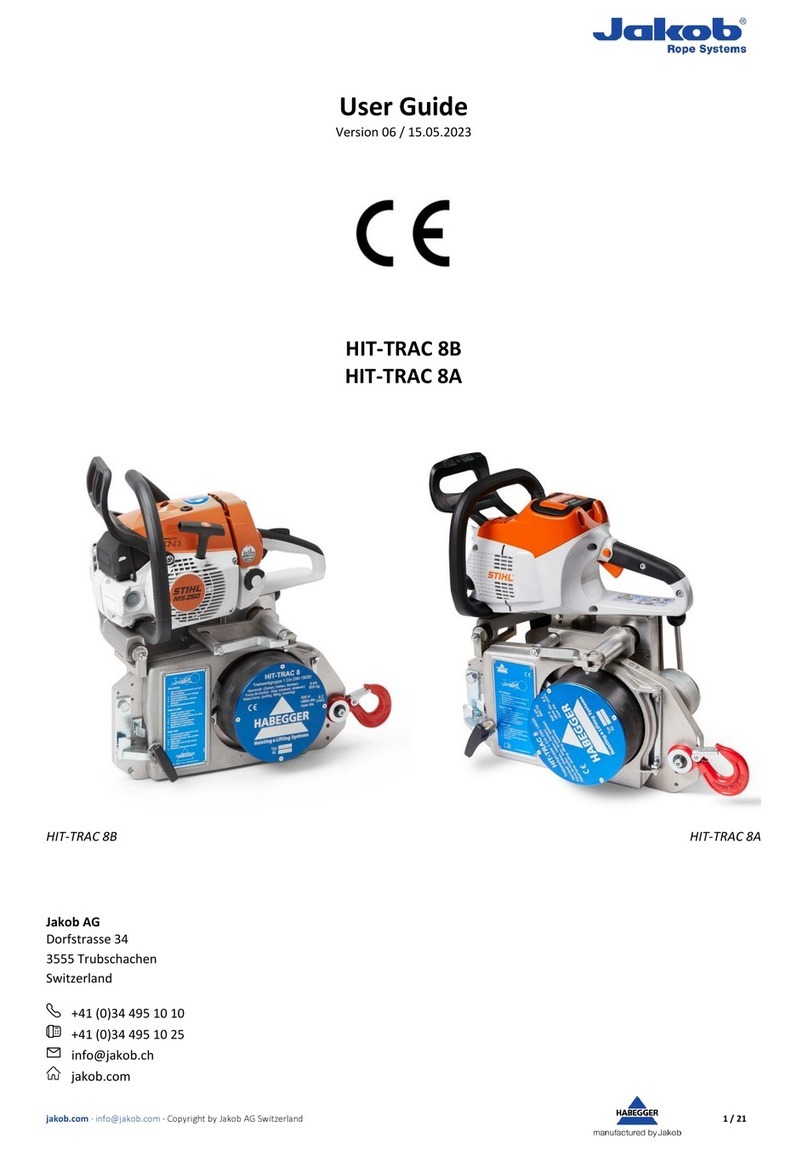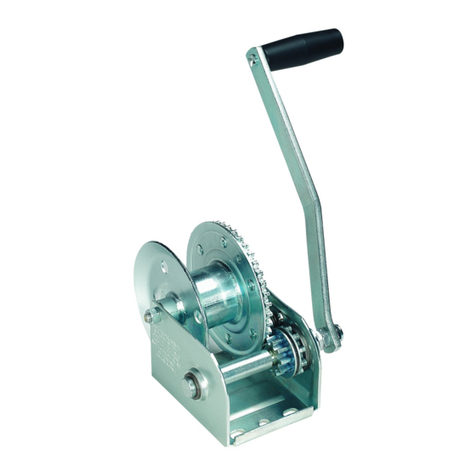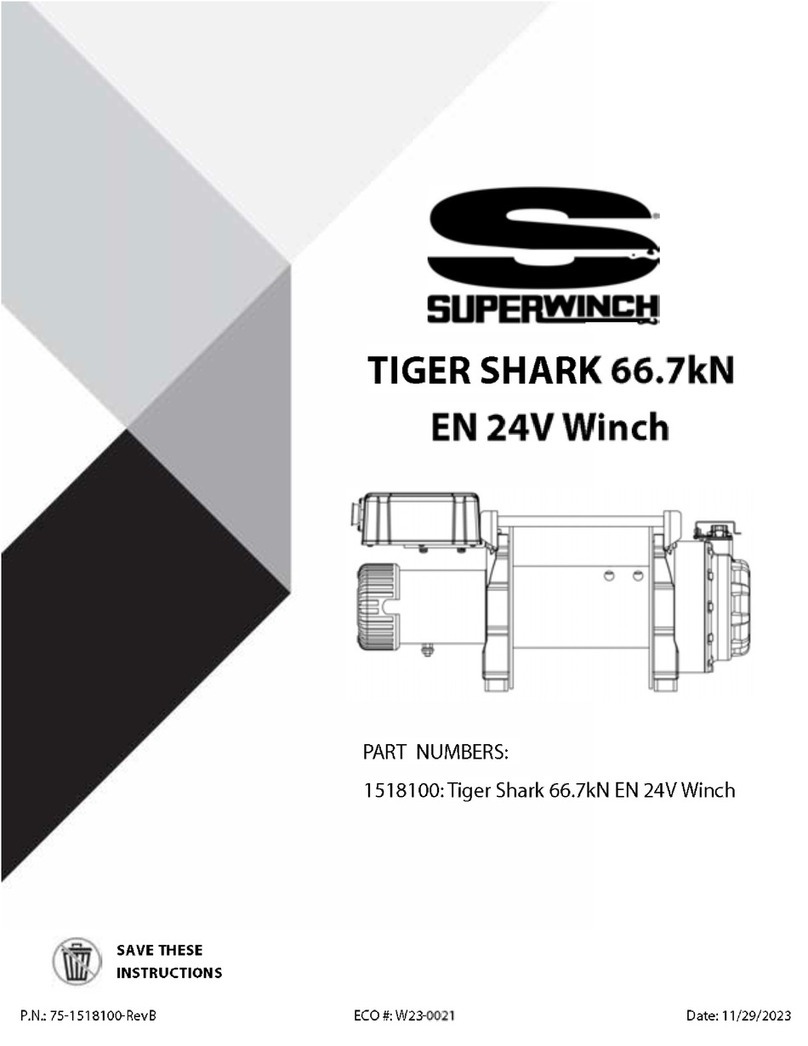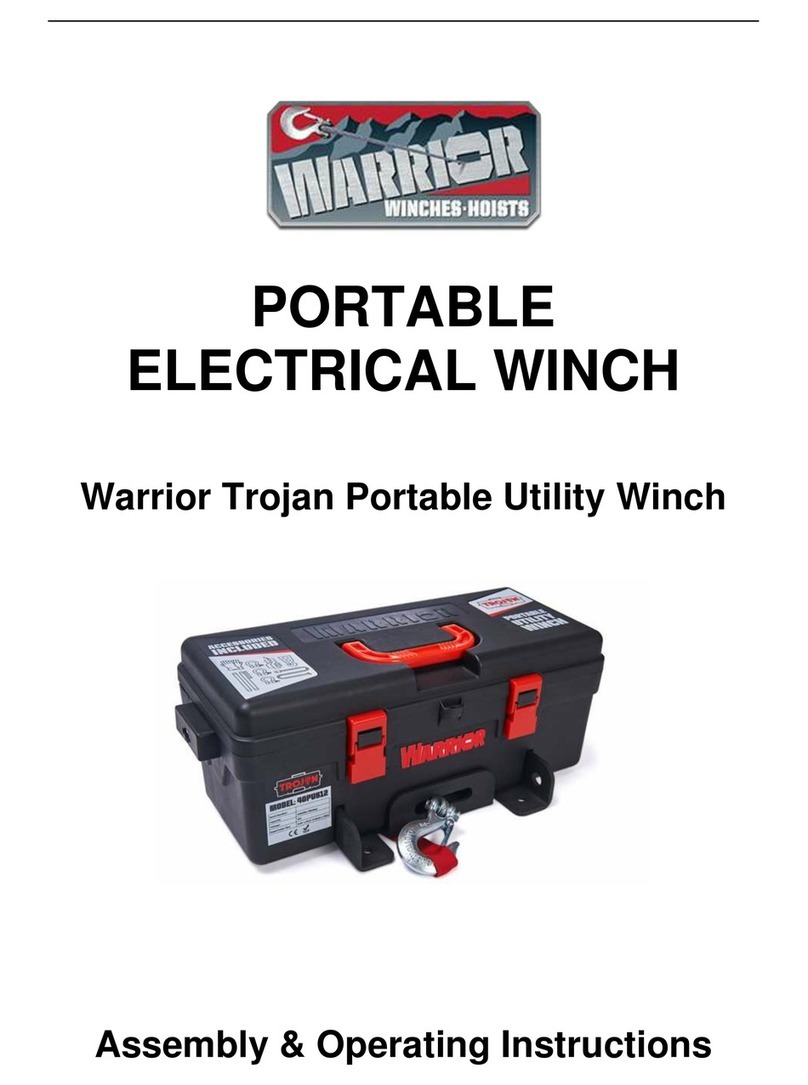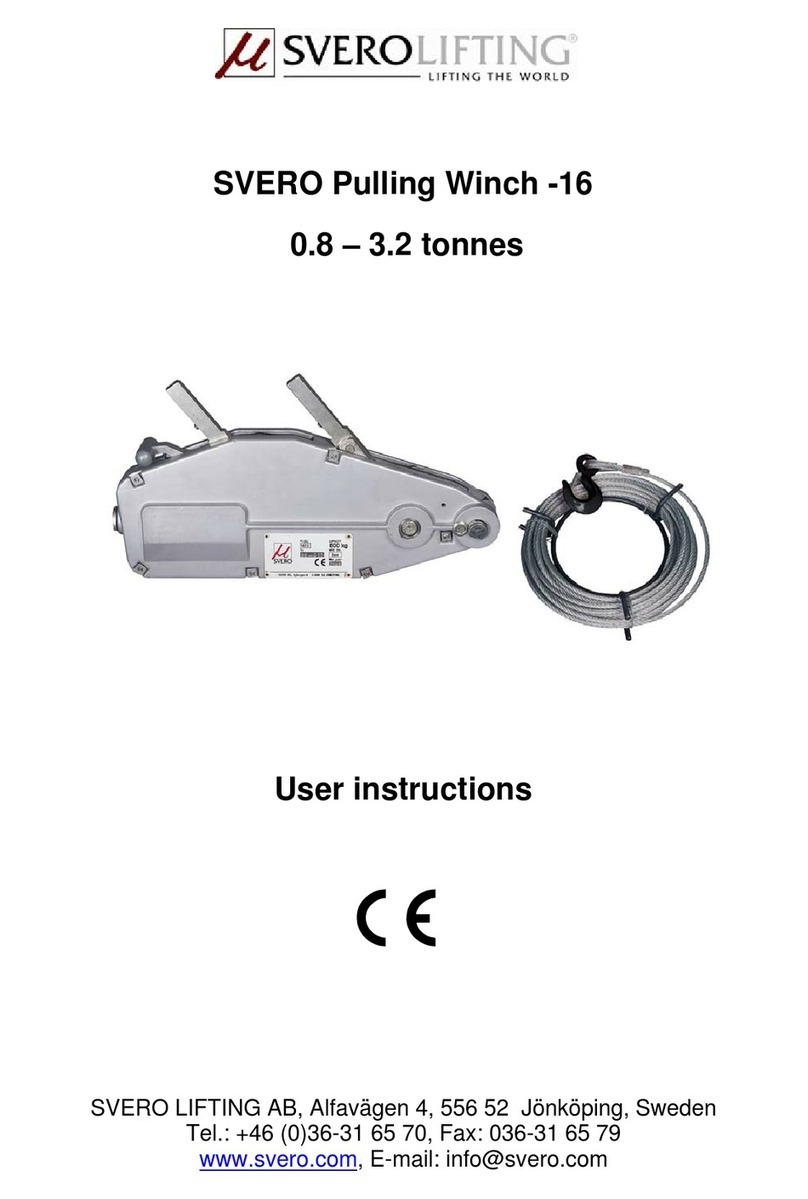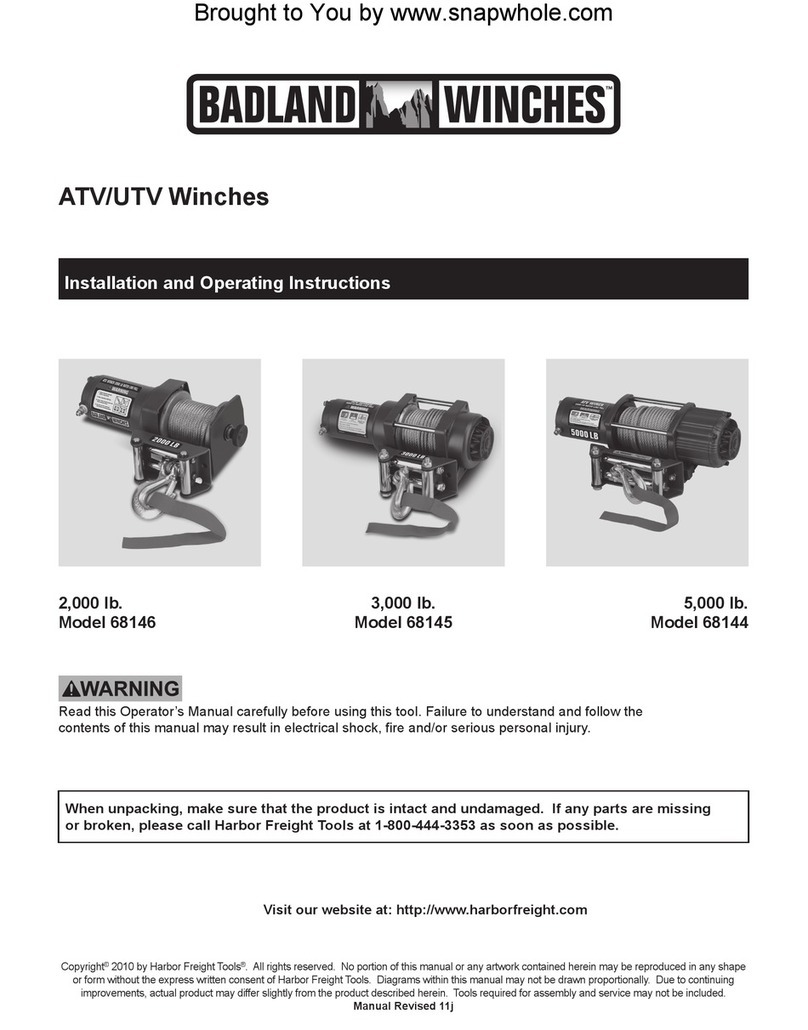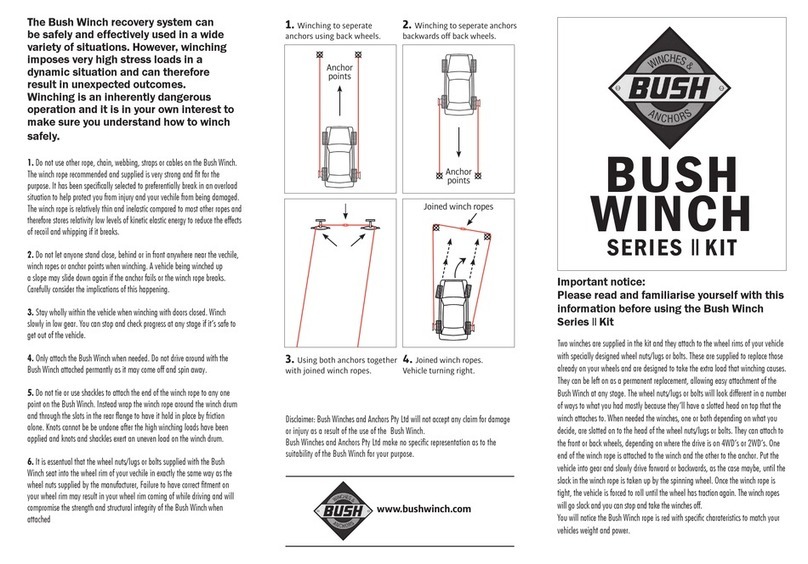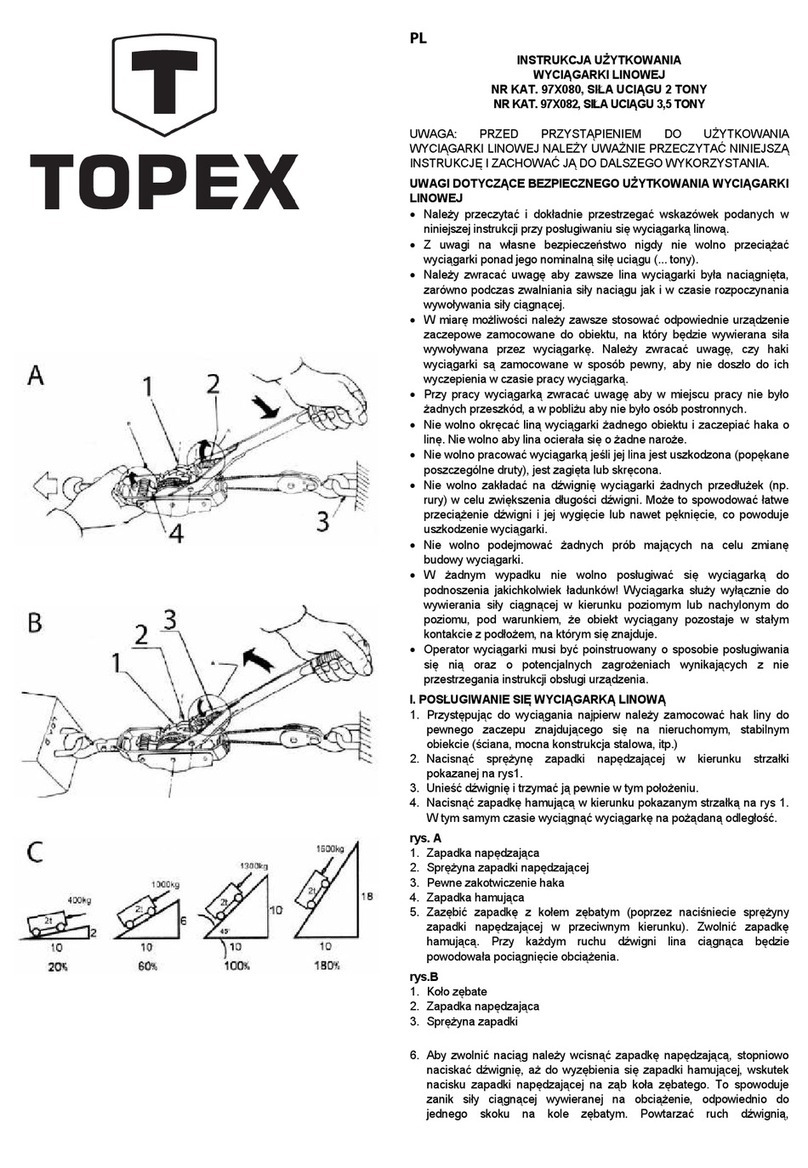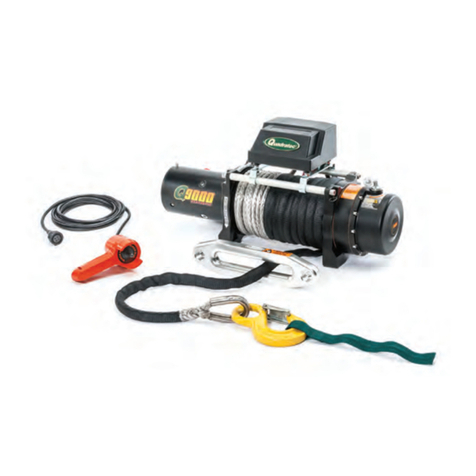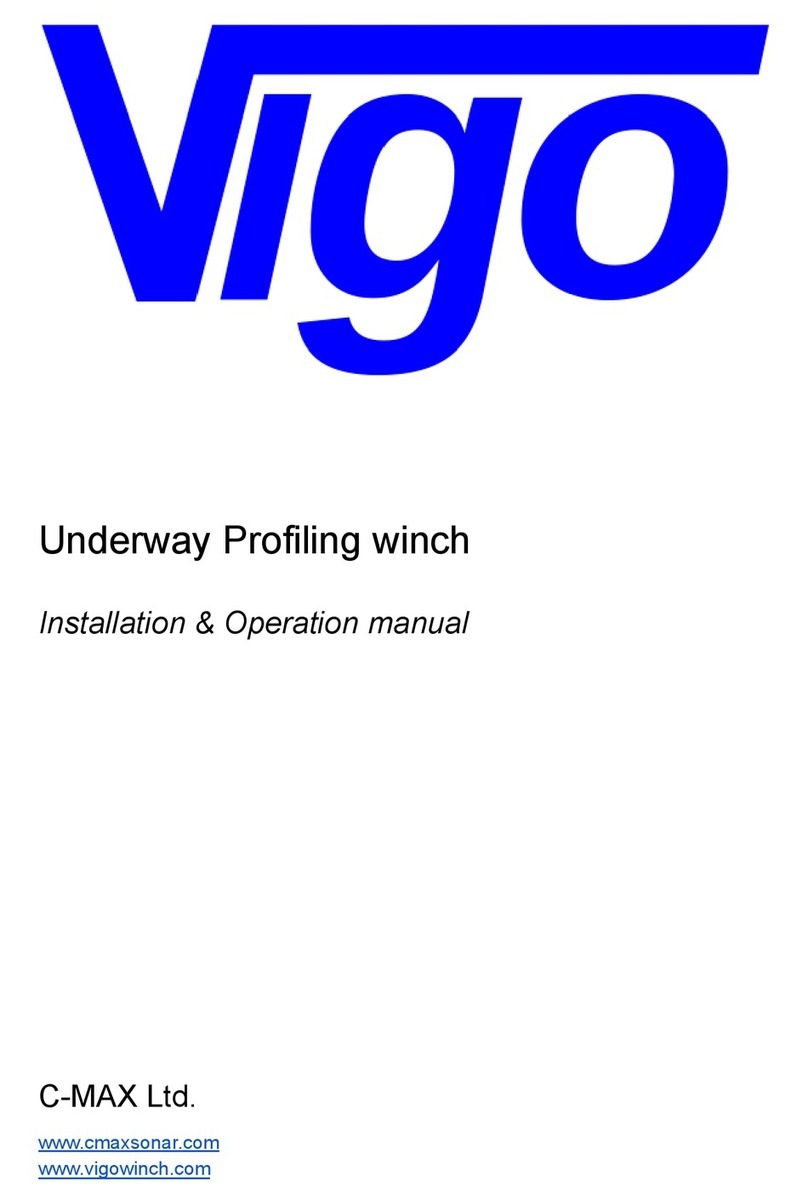Content
1General description................................................................................................................................................................6
1.1 Components ................................................................................................................................................................. 6
2General safety rules ............................................................................................................................................................... 7
2.1 Safety information in this operation manual ...............................................................................................................7
2.2 Intended use.................................................................................................................................................................7
2.3 Authorized operators ...................................................................................................................................................8
2.4 Warranty and liability provisions..................................................................................................................................8
2.5 Behavior in an emergency situation.............................................................................................................................8
2.6 Product specific hazards...............................................................................................................................................8
2.6.1 Hot surfaces .............................................................................................................................................................8
2.7 Preparation................................................................................................................................................................... 9
2.7.1 Location.................................................................................................................................................................... 9
2.7.2 Anchoring.................................................................................................................................................................9
2.7.3 Load.......................................................................................................................................................................... 9
2.7.4 Traction rope.......................................................................................................................................................... 10
2.7.5 Inserting rope......................................................................................................................................................... 10
2.8 Working ...................................................................................................................................................................... 10
2.8.1 Pulling and lifting.................................................................................................................................................... 10
2.8.2 Restart under load ................................................................................................................................................. 11
2.8.3 Lowering.................................................................................................................................................................11
2.9 Decommissioning .......................................................................................................................................................11
2.10 Storage and transport ................................................................................................................................................11
3Design and function .............................................................................................................................................................12
3.1 Technical specifications..............................................................................................................................................12
3.2 Operation ...................................................................................................................................................................12
3.3 Braking........................................................................................................................................................................12
3.4 Options ....................................................................................................................................................................... 12
3.4.1 Carrying handle ......................................................................................................................................................12
4Operation.............................................................................................................................................................................13
4.1 Preparation................................................................................................................................................................. 13
4.1.1 Petrol motor...........................................................................................................................................................13
4.1.2 Location.................................................................................................................................................................. 13
4.1.3 Anchoring...............................................................................................................................................................13
4.1.4 Load........................................................................................................................................................................ 14
4.1.5 Traction rope.......................................................................................................................................................... 15
4.1.6 Inserting rope......................................................................................................................................................... 15
4.2 Working ...................................................................................................................................................................... 16
4.2.1 Pulling and lifting.................................................................................................................................................... 16
4.2.2 Restart under load ................................................................................................................................................. 16
4.2.3 Lowering.................................................................................................................................................................16
